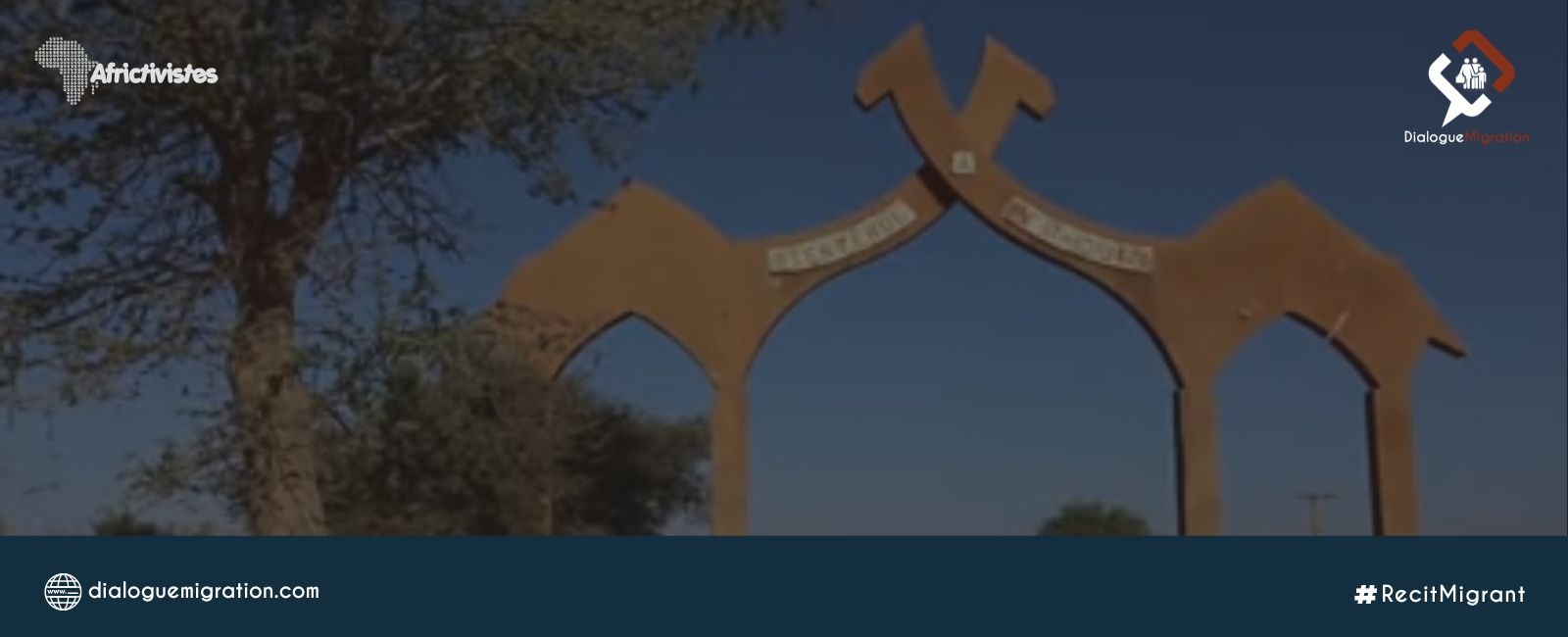

An International Organization for Migration (IOM) study reveals that the southwestern Niger city of Tahoua has become a migration hub for thousands of people seeking to reach and return from North Africa.
The study, funded by the Ministry of Foreign Affairs of France and carried out by IOM Niger’s Migration Data and Research Unit (MDRU), analysed the modalities, characteristics and conditions of labour migration and transit in Tahoua. The study was carried out on data collected from 1,200 migrants and 100 local actors between June and August 2022.
The results of this survey reveal that Tahoua is both a city of departure, transit and return for migrants from Niger or other countries in West and Central Africa. Despite the varied profiles, motivations and backgrounds of these migrants, they all remain vulnerable and share the same needs.
Beninese and Nigerians account respectively for 52 per cent and 29 per cent of all migrants. They are followed by Togolese 12% and Burkinabè 2%. The other West African countries including Mali, Senegal, Guinea, Liberia and Ghana represent a total of 2%.
According to the study, 4% of the migrants surveyed are Central African nationals, specifically from Cameroon and Congo.
Tahoua is the departure point for migrants from this region to Algeria or Libya in order to find a job or provide for their families.
It is also a transit area for Nigeriens from other regions of the country, for nationals of West and Central African countries (mainly coastal countries), heading to North Africa and Europe.
They transit through Tahoua to bypass the town of Agadez, viewed as more dangerous or more controlled, a trip of around 400 km. They usually spend a short time in Tahoua, where they rest, refuel or find transportation to continue their journey.
Tahoua is also a city of return for migrants expelled from Libya or Algeria. The latter often arrive in Tahoua in a precarious physical and psychological state, having suffered violence or abuse in their country of destination or on their way back. They need humanitarian assistance and reintegration support.
In general, these migrants are predominantly young men, single or married, with a low level of education and employment. They often leave without documents or employment contracts, and are exposed to multiple risks on migration routes, such as accidents, theft, violence or arrest.
The study highlights that labour and transit migration in Tahoua has significant socio-economic impacts on the city and its inhabitants. On the one hand, it generates economic opportunities for local actors involved in transport, trade or services related to migration. On the other hand, it creates challenges in terms of security, the environment or social cohesion, particularly in the face of the growing presence of criminal or terrorist networks that profit from the migratory flow.
In its conclusions, the IOM study recommends that local, national and international authorities strengthen migration governance in Tahoua, adopting a holistic approach that takes into account the needs and rights of migrants, but also those of local communities.
It also calls for the promotion of dialogue and cooperation between the various actors involved in migration management in Tahoua, including administrative, security, customary and religious authorities, civil society organisations.


